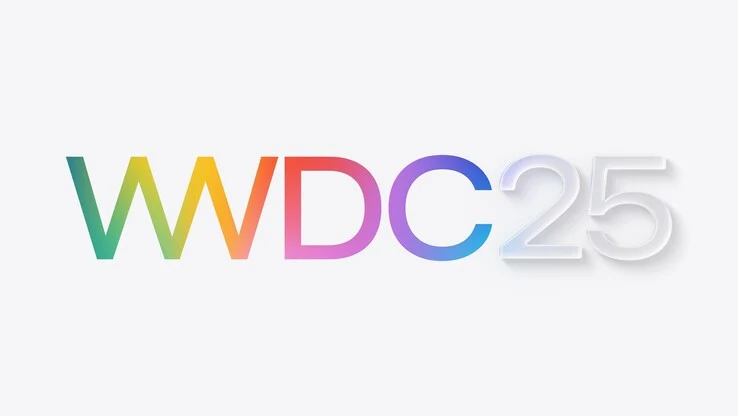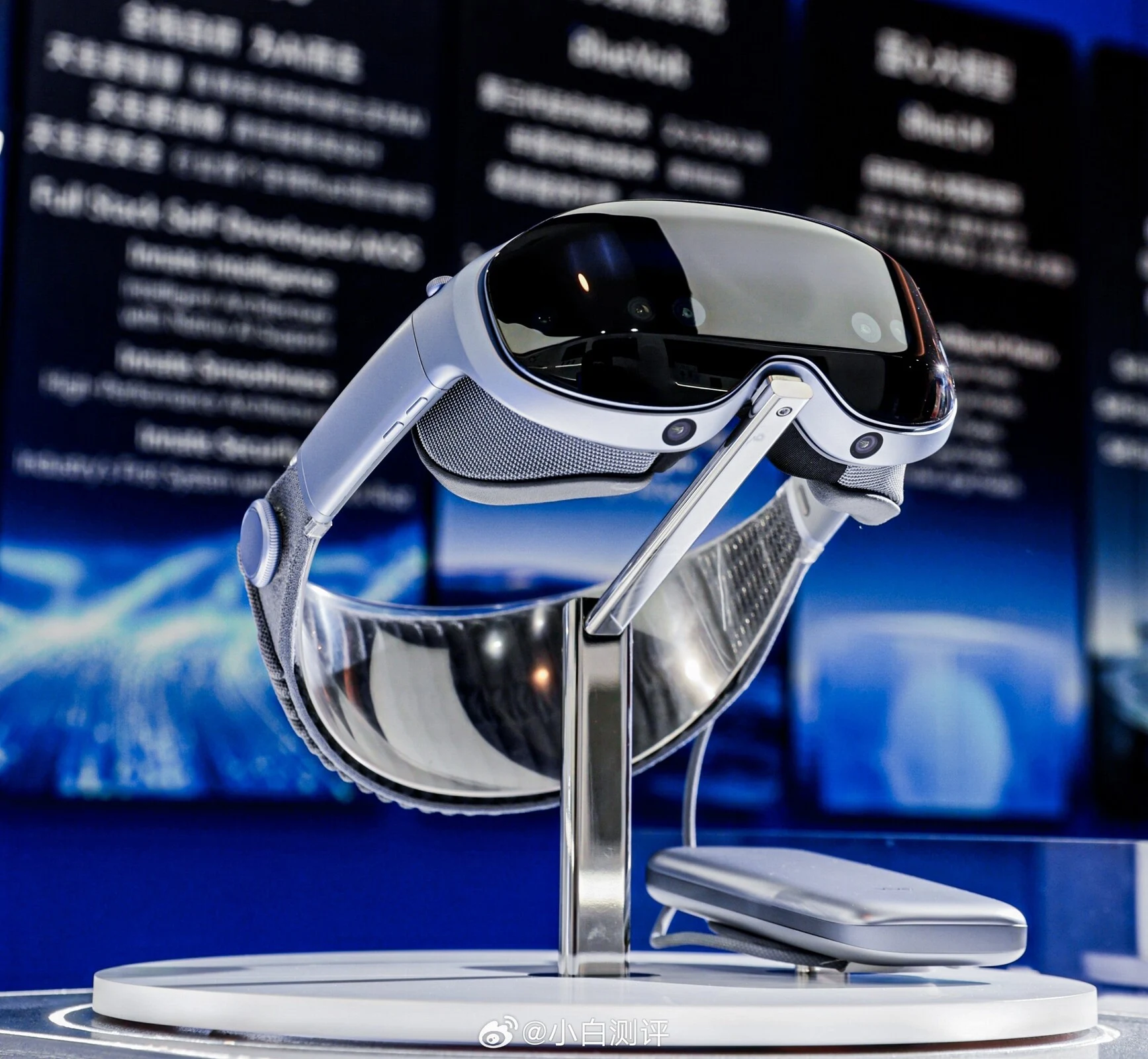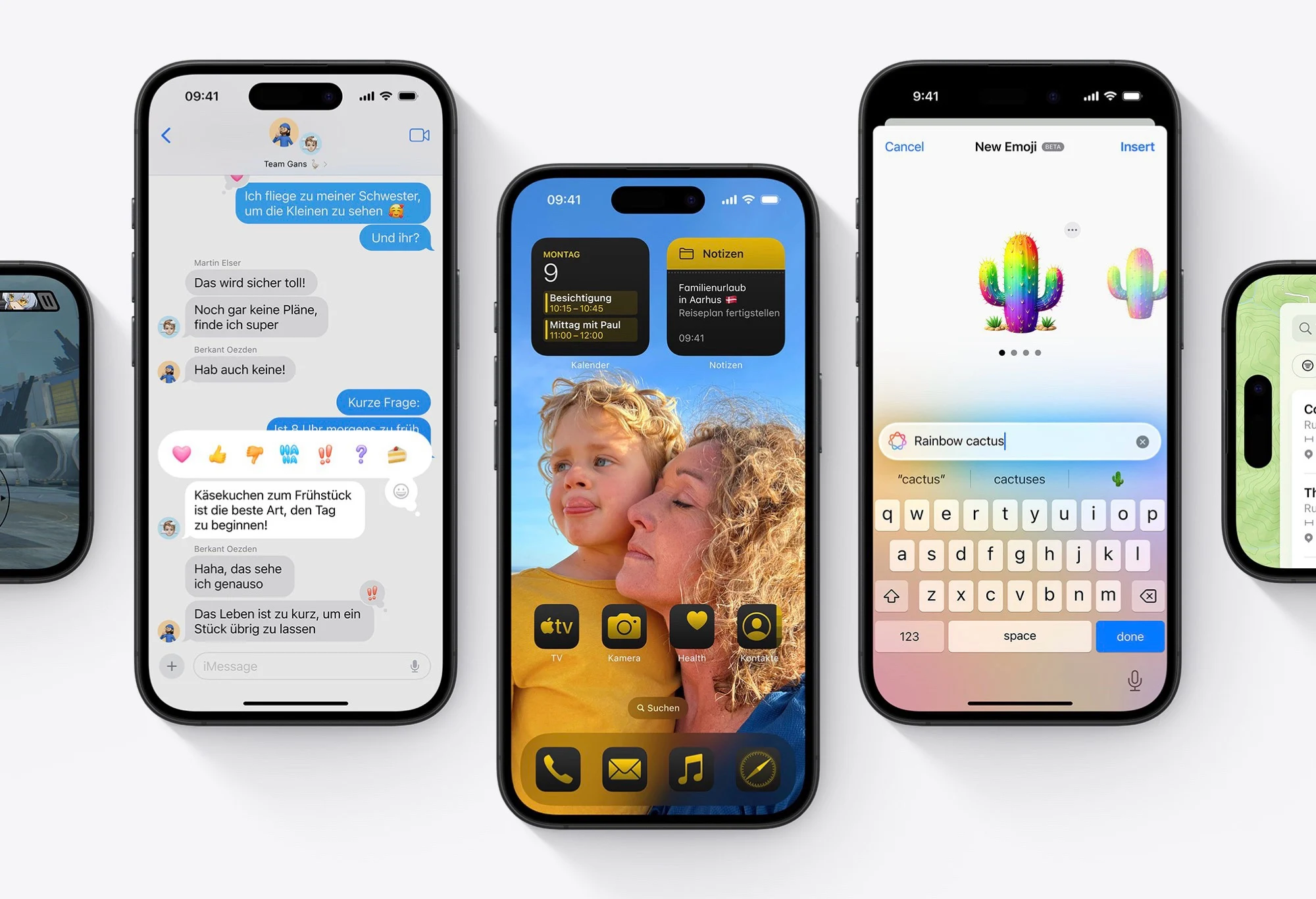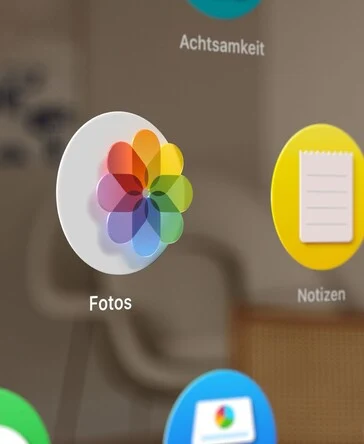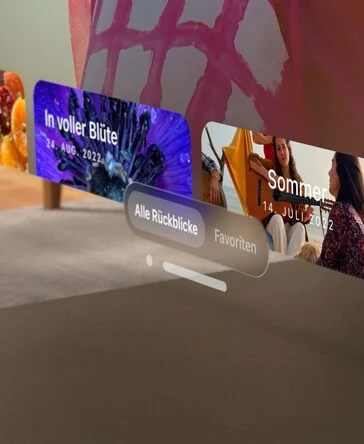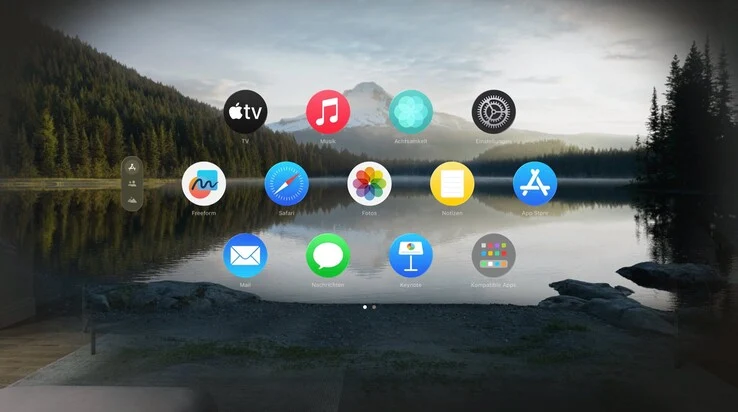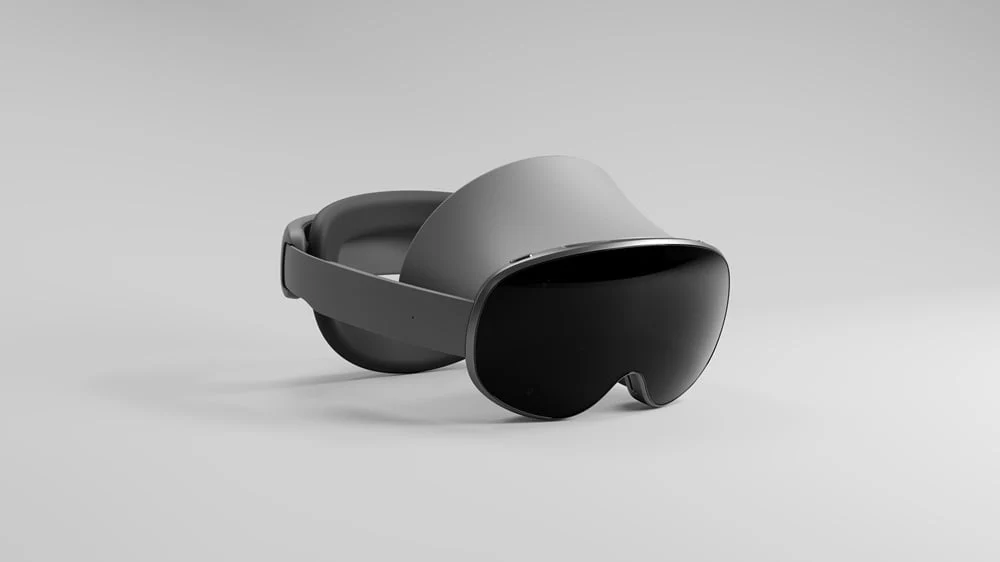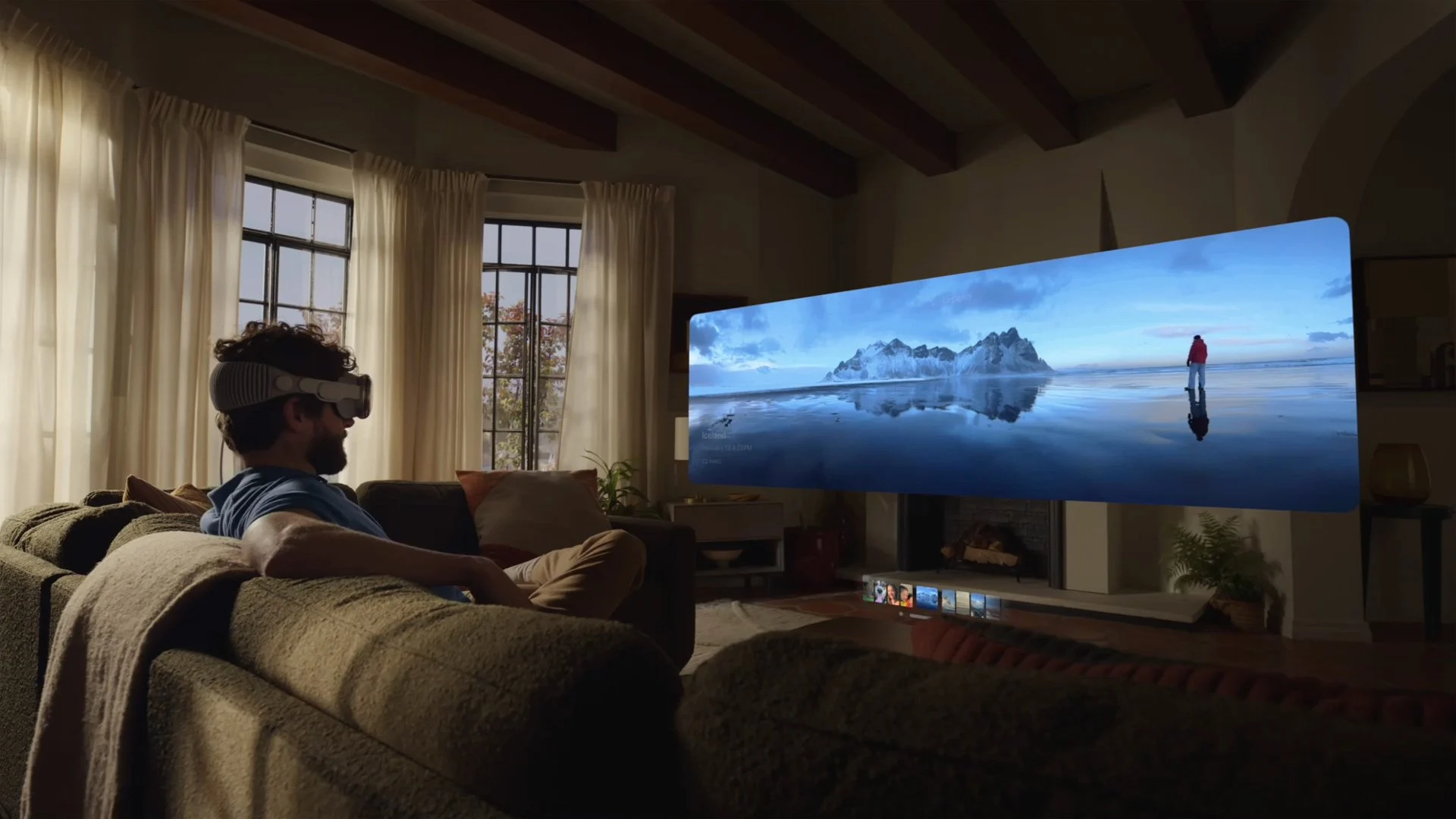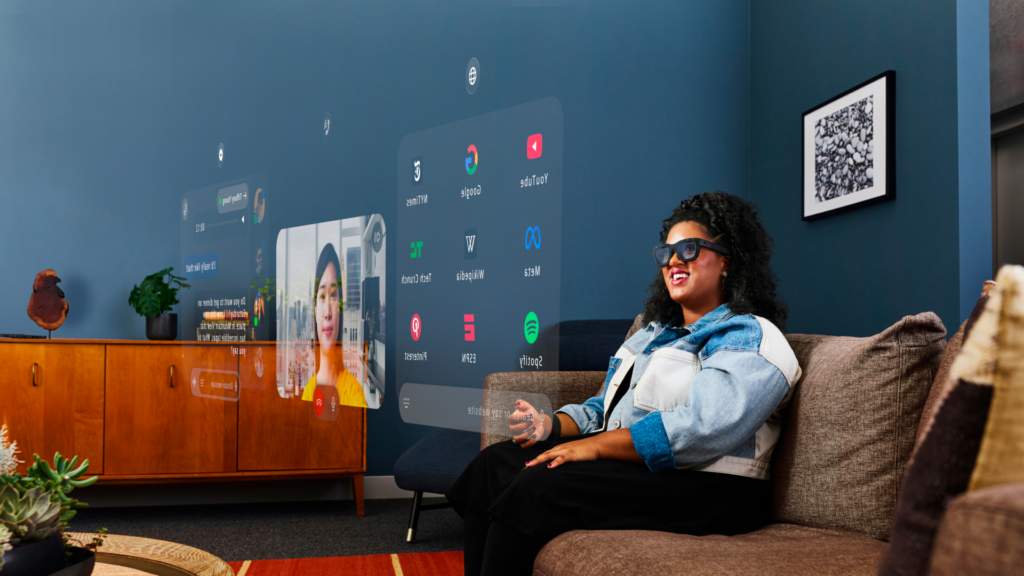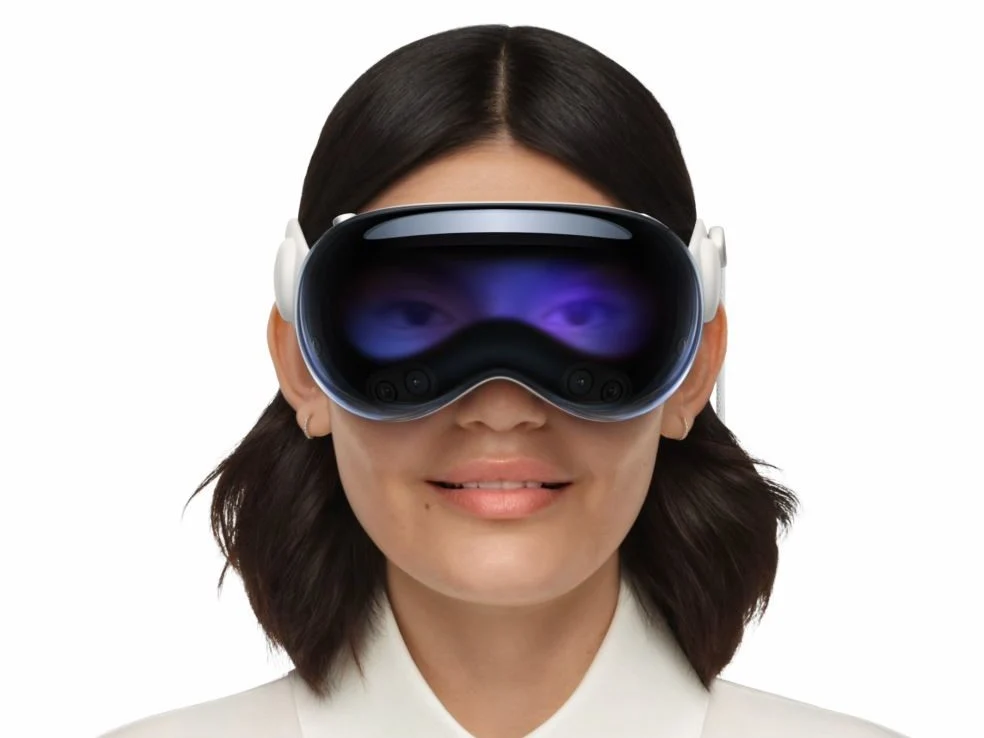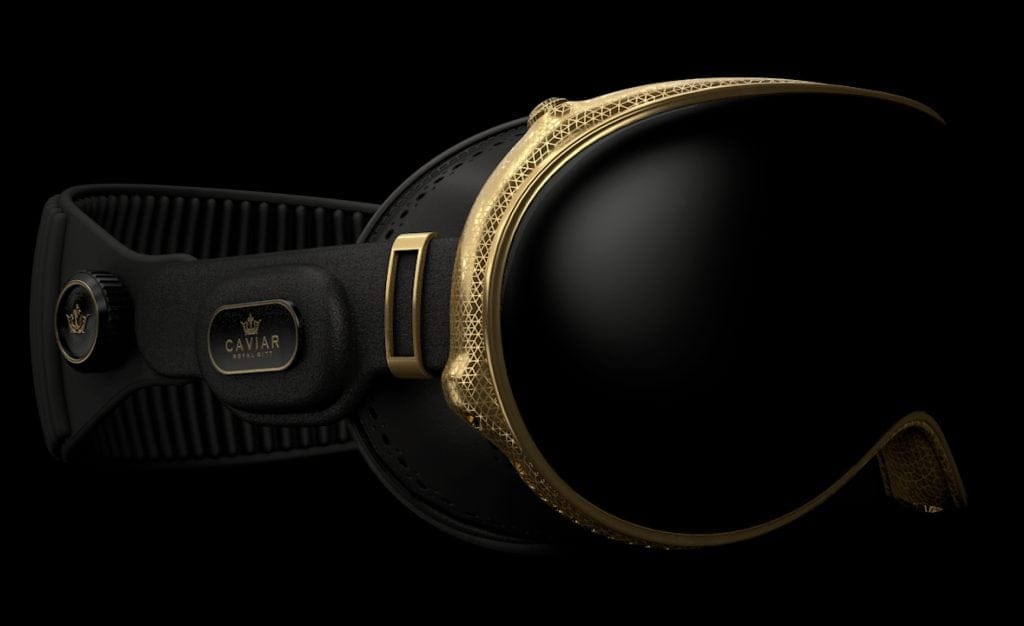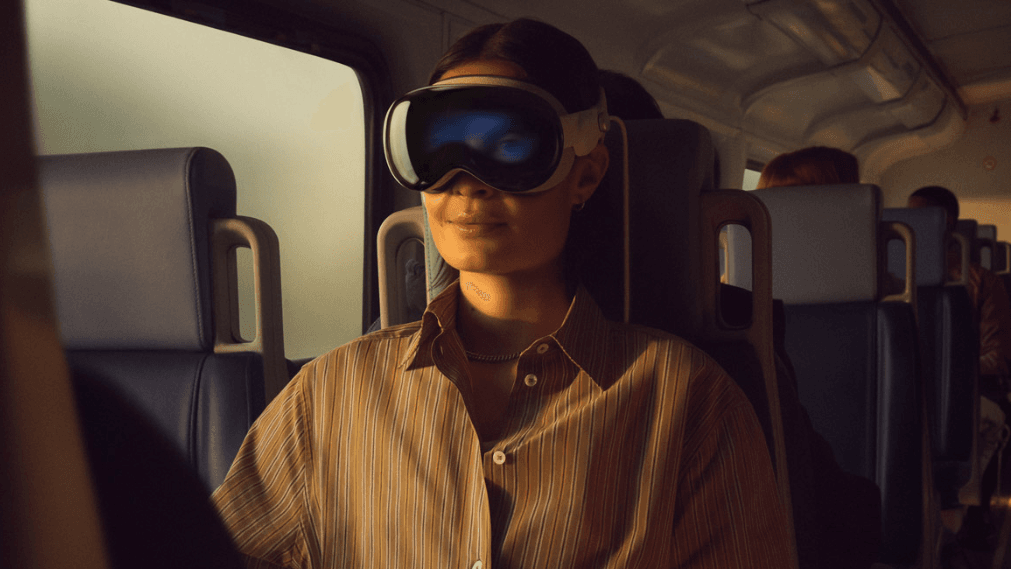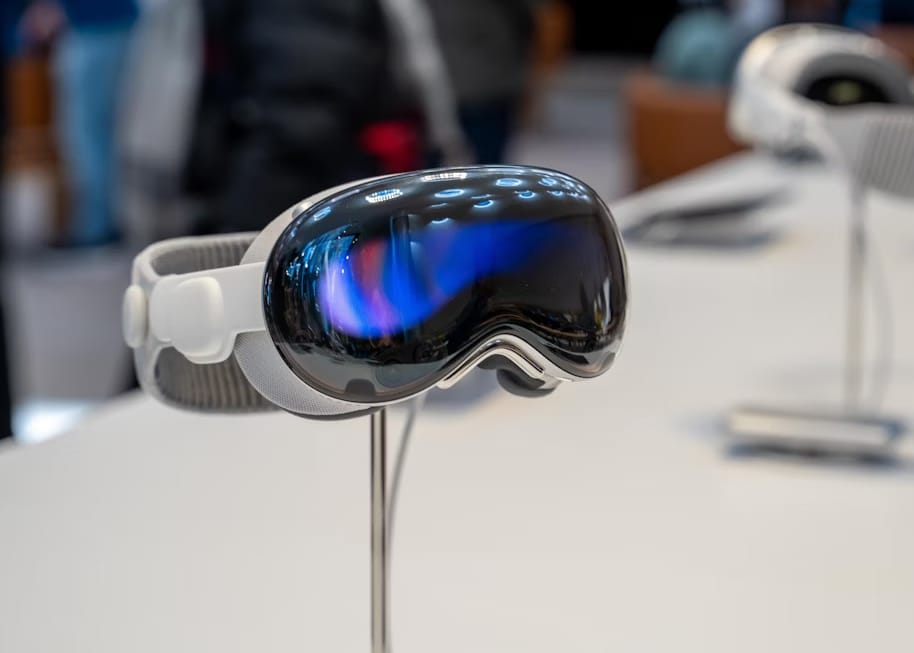Key Takeaways
1. The iPhone 17 Pro may have a new rear camera layout with a full-width camera bar, as suggested by leaked images of third-party cases.
2. Renowned leaker Sonny Dickson, known for accurate Apple leaks, shared these images, which indicate a significant design change from previous models.
3. The wider camera housing could enhance heat distribution, lens spacing, and support for spatial video features compatible with Apple Vision Pro.
4. Online reactions to the leaked design are mixed, with some users questioning the necessity of the new layout and others speculating about undisclosed features.
5. It’s unclear if the standard iPhone 17 and iPhone 17 Plus will adopt the same camera design, as Apple typically showcases new trends in its Pro models.
New information hints that the iPhone 17 Pro might come with a significantly different rear camera setup, even though Apple has not yet verified this. Images of third-party cases, shared by renowned Apple leaker Sonny Dickson, seem to show a wider horizontal cutout at the top of the phone. This has led to guesses that Apple might be introducing a full-width camera bar for the first time.
Established Leak Source
Sonny Dickson is a well-known name in the world of Apple leaks, famous for his accurate early photos of hardware and case designs. He gained fame with leaks related to the iPhone 5C and has become a trustworthy source for accessories before their launch. Although third-party case leaks don’t always reflect the final designs, they usually represent the dimensions provided to manufacturers ahead of time.
Unique Camera Layout
As noted by MacRumors, the leaked case images depict a cutout that is different from previous models. Rather than the square or rounded camera areas seen in the iPhone 15 Pro and 14 Pro, this setup looks like it would fit a camera module that extends across the width of the device. Many have drawn comparisons to the Google Pixel 6 and newer models that feature a similar horizontal design.
The broader housing might offer Apple several advantages, such as better heat distribution, more space between lenses, and support for spatial video features that are compatible with Apple Vision Pro. However, without an official statement, the reason for this potential design change remains uncertain.
Mixed Reactions Online
Online reactions have been quite diverse. One user on Reddit remarked, “Why is there so much empty space in the camera bar? There’s no need for it. It reminds me of those $200 USD Poco phones pretending to have a big camera setup when it’s just a black bar.” Another user suggested, “I’m guessing there’s going to be something there that case renders and CAD drawings won’t reveal.”
As with earlier models, any change in the camera layout could impact accessory compatibility. Apple generally updates camera features each year, but this would be the first significant physical alteration to the camera module since the square design was introduced with the iPhone 11 Pro.
Future of Other Models Uncertain
It’s still unknown if the standard iPhone 17 and iPhone 17 Plus will feature the same design. Apple has traditionally used its Pro models to highlight new design trends and camera advancements, and the rumored layout could be another distinguishing factor when the iPhone 17 series is anticipated to launch in September 2025.
While these leaks provide a fascinating glimpse into what might be ahead, it’s important to remember that Apple has yet to confirm any changes. Until official announcements come, all speculation about the design should be considered unverified.


